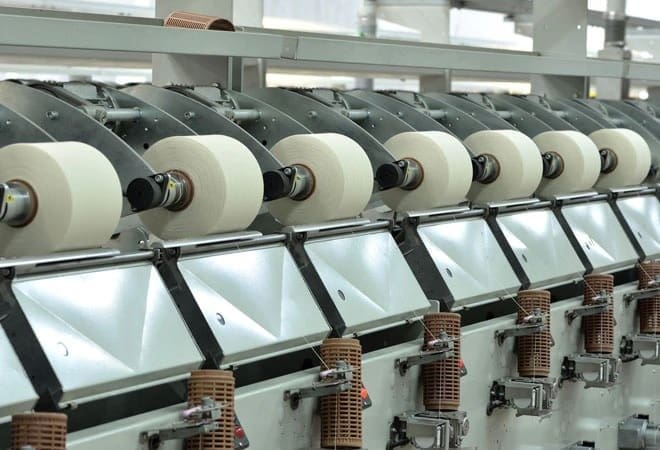Budget 2021: In order to benefit farmers and promote domestic manufacturing, the government has also raised customs duty on cotton from nil to 10 per cent and on raw silk and silk yarn from 10 per cent to 15 per cent.
The Indian Government is all set to give India’s ailing textile sector a new lease of life. Finance Minister, Nirmala Sitharaman, in the Union Budget 2021-22, has announced the setting up of seven mega textile parks in the next three years. The government has also decided to rationalise the duties on raw material inputs to manmade textiles by reducing customs duty rate on caprolactam, nylon chips and nylon fiber and yarn to 5 per cent.
In order to benefit farmers and promote domestic manufacturing, the government has also raised customs duty on cotton from nil to 10 per cent and on raw silk and silk yarn from 10 per cent to 15 per cent.
“The textile industry is one of biggest employers and it was losing out to countries such as Bangladesh, Turkey and Vietnam. India will be back on the radar now,” says Paresh Parekh, Partner & National Tax Leader, Retail Sector, EY. India’s textile industry contributed 13 per cent of the industry production in FY-20 and 12 per cent to the country’s export earnings. It currently employs 4.5 crore people, which include 35.22 lakh handloom workers across the country.
“The rationalization of the customs duty rates on inputs and raw materials for textiles, leather products should provide a level playing field to the domestic manufacturers. These announcements indicate an upcoming healthy ecosystem for the textiles sector. Driven by government’s larger objective of Make in India, India’s journey to emerge as a leading exporter to the global markets looks promising,” says Saurabh Kanchan, Partner, Deloitte India.
India is the second largest textile exporter in the world after China. It also has the world’s second largest vertically integrated textiles production base in the world after China. Despite all these advantages, India is far behind not just China but also countries such as Bangladesh and Vietnam in terms of productivity and technology. By virtue of having free trade agreements with the European Union, countries such as Bangladesh and Vietnam have a further edge over India. While the Bangladeshi products attract zero duty, Indian garment manufacturers have to pay a 9 per cent duty.
The allocations for the textile sector would boost domestic business as many global apparel brands which had moved to import structures, would be incentivised to manufacture in India. “The announcement would be welcomed by textile industry as the initiative is likely to double the industry size to $300 billion by 2025-26,” says Harpreet Singh, Partner, KPMG India.
“With the establishment of textile parks, we are looking forward to an increased availability of capacities as well as fabric and raw material sourcing. This is a welcome initiative and something that we need as a home-grown brand,” adds Kavi Mishra, CEO, House of Anita Dongre.

